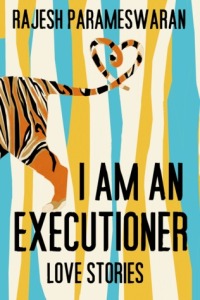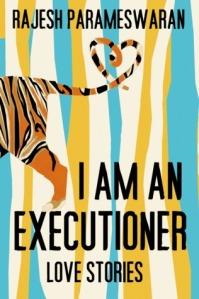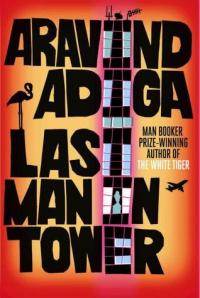
Hello everyone and welcome to another mini pin-it reviews post! I have a massive backlog of reviews and this is my way of trying to get on top of things a bit. This isn’t to say I didn’t like some of these books – my star rating is a more accurate reflection of this, but this is a great, snappy way of getting my thoughts across and decreasing my backlog a bit. This time I’ve got four “random” books for you that I simply couldn’t categorise – please see my pin it thoughts below!
1.) Everything I Needed To Know About Being A Girl I Learned From Judy Blume – edited by Jennifer O’Connell

What’s it all about?:
“”I wonder if Judy Blume really knows how many girls’ lives she affected. I wonder if she knows that at least one of her books made a grown woman finally feel like she’d been a normal girl all along. . . .”” — FROM Everything I Needed to Know About Being a Girl I Learned from Judy Blume.
Whether laughing to tears reading “Otherwise Known as Sheila the Great” or clamoring for more unmistakable “me too!” moments in “Are You There God? It’s Me, Margaret,” girls all over the world have been touched by Judy Blume’s poignant coming-of-age stories. Now, in this anthology of essays, twenty-four notable female authors write straight from the heart about the unforgettable novels that left an indelible mark on their childhoods and still influence them today. After growing up from “Tales of a Fourth Grade Nothing” into “Smart Women,” these writers pay tribute, through their reflections and most cherished memories, to one of the most beloved authors of all time.

Would I recommend it?:
Probably!
Star rating (out of 5):

2.) The Girl In The Red Coat – Kate Hamer

What’s it all about?:
She is the missing girl. But she doesn’t know she’s lost.
Carmel Wakeford becomes separated from her mother at a local children’s festival, and is found by a man who claims to be her estranged grandfather. He tells her that her mother has had an accident and that she is to live with him for now. As days become weeks with her new family, 8-year-old Carmel realises that this man believes she has a special gift…
While her mother desperately tries to find her, Carmel embarks on an extraordinary journey, one that will make her question who she is – and who she might become.

Would I recommend it?:
But of course!
Star rating (out of 5):

3.) The Accidental Apprentice – Vikas Swarup

What’s it all about?:
From the author of the book behind the blockbuster movie Slumdog Millionaire, a brilliant novel about life changing in an instant.
Life pivots on a few key moments. This is one of them.
Sapna Sinha works in an electronics store in downtown Delhi. She hates her job, but she is ambitious and determined to succeed, and she knows without the money she brings in, her family won’t be able to survive. Little does she know it but her life is about to change forever.
As she leaves the shop on her lunch break one day, she is approached by a man who claims to be CEO of one of India’s biggest companies. He tells her he is looking for an heir for his business empire. And that he has decided it should be her.
There are just seven tests she must pass. And then the biggest lottery ticket of all time will be hers.

Would I recommend it?:
Probably not.
Star rating (out of 5):

4.) Bats Sing, Mice Giggle: The Surprising Science of Animals Inner Lives – Karen Shanor and Jagmeet Kanwal

What’s it all about?:
“Amazing, moving and enlightening. Bats Sing, Mice Giggle presents the latest findings on the intimate lives of animals with great elegance. I recommend it wholeheartedly.”—Larry King
“Did you know that spiders taste with their feet, that a decapitated cockroach can live for two weeks, that a certain type of parrotfish wraps itself in a sort of foul-smelling snot before taking a nap, and that ants play? I didn’t until I read Bats Sing, Mice Giggle.” —New Scientist
“Full of interesting facts . . . presented in a friendly, readable way that will appeal to most young adult and adult readers with an interest in the world around them. The authors discuss a remarkably wide range of topics [in] an easy general-reading text that introduces readers to interesting avenues of scientific research and observation.”—SB&F
“In the delightful process of discovering the secret skills of our living cousins, so crisply and clearly described in this book, each filled with their quirky spectacular capacities (which we can envy but not duplicate) that sense of our place in the scheme of things has been infused with . . . joyful awe.”—Stuart L. Brown MD, Founder and President, The National Institute for Play
Bats Sing, Mice Giggle is the culmination of many years of cutting-edge scientific research that reveals how animals have secret, inner lives of which until recently—although animal lovers will have instinctively believed it—we have had little proof.
The authors show how animals communicate; how they warn and help each other in times of danger; how some problem-solve even more effectively than humans; and how they build, create, and entertain themselves and others.

Would I recommend it?:
But of course!
Star rating (out of 5):

COMING UP SOON ON MINI PIN IT REVIEWS: Four YA Books.
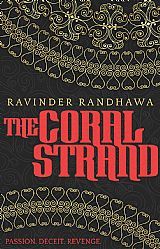
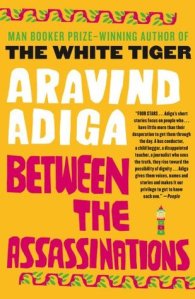
 Image from https://commons.wikimedia.org/wiki/File%3ACycle_rickshaw_wallah_in_Dhaka.jpg
Image from https://commons.wikimedia.org/wiki/File%3ACycle_rickshaw_wallah_in_Dhaka.jpg